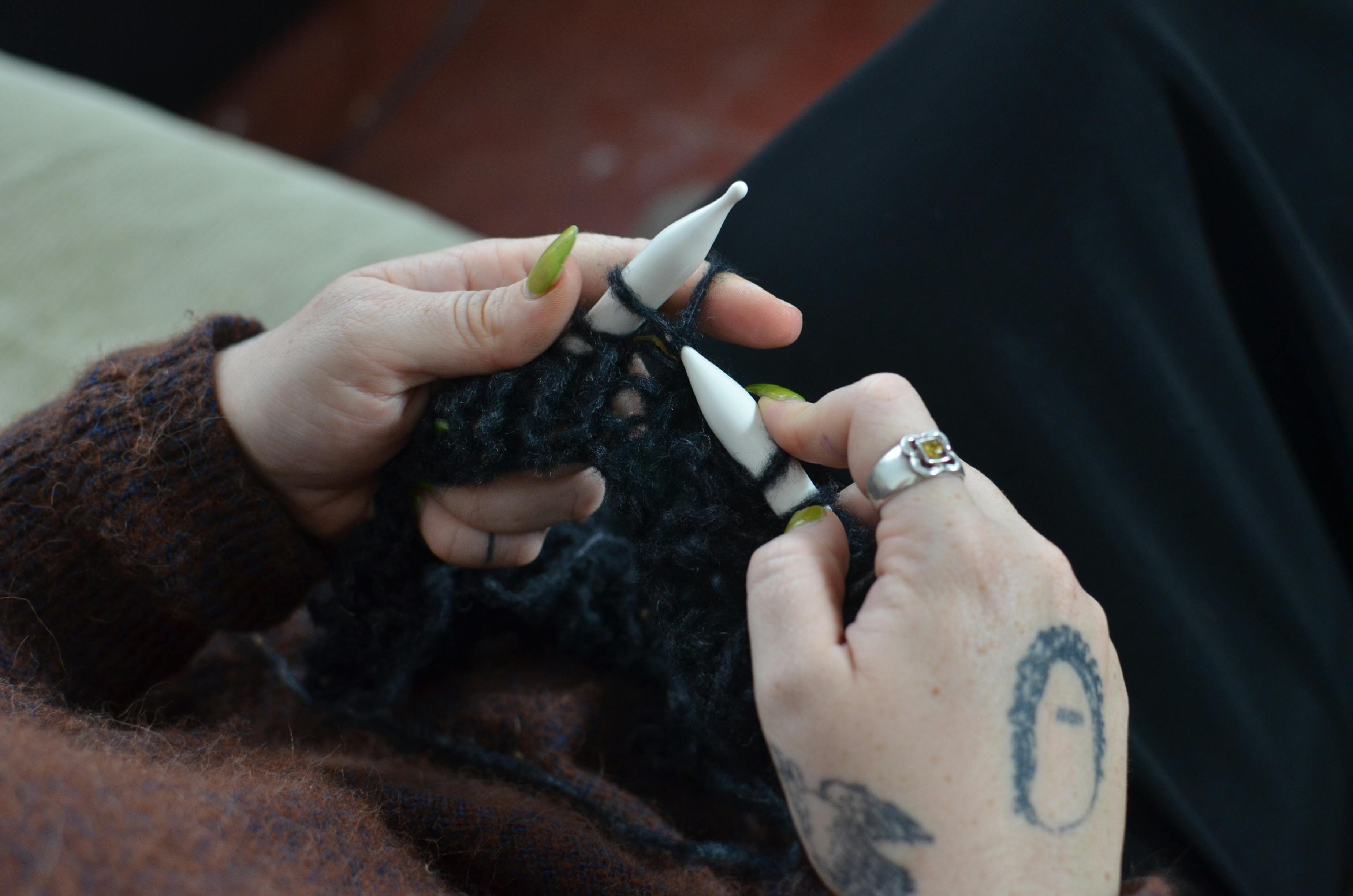When Science Daily recently addressed the topic of vibration control, it mentioned an app that doesn’t get mentioned that often. In particular, the site highlighted scanning electron microscopes, noting that because they are extremely sensitive, “even subtle movements that occur around them can affect their precision.”
Obviously, vibration can be a serious problem for these microscopes, which intensifies the need to control vibration. “Vibration control tables already exist to dampen these sometimes barely perceptible disturbances. But now, a new type of isolation platform integrates sensors and actuators into the mount for the first time,” the scientific journal reported.
If something as sensitive as an electron microscope can be enhanced through vibration control mounts, imagine the benefits such mounts can provide to less sensitive applications. The Vibro-Isolator product line encompasses everything from compression, low frequency ring, square and cylindrical mounts to isolation pads, bumpers and continuous strip feet, grommets and tapered plugs to control vibration wherever it is a problem.
One of those areas is the heavy tool industry. Concrete hammers in particular experience an extreme amount of vibration. As Tooling Online reported in March, a new rotary hammer was introduced “that has 45% less vibration and 20% more impact energy than the previous model.” It is “engineered with Enhanced Anti-Vibration Technology (AVT), a three-component synchronized system for significantly less vibration.” This vibration control is accomplished in part through the use of “a damping spring built into the base of the impact bolt,” which absorbs “impact vibrations from the bit.”
This absorbency is one of the hallmarks of the Vibro-Isolator class of articles. Vibro-Isolator anti-vibration mounts and other vibration control products are made from natural rubber. It is this material that allows the mounts to absorb vibration or shock from something as erratic as a concrete hammer. But that rubber is reinforced with stainless steel components for added durability. As a bonus, the vibration control elements also dampen noise and absorb shock, which can be co-occurring problems along with vibration.
yahoo! News highlighted this soundproofing capability in an April Live Science article. “Air conditioners, automobiles, and other machinery will soon be vibration-free and therefore much quieter than they are now,” the article states. Although the article introduced new technology that is in the works, Vibro-Isolators have been effectively controlling vibration in all of these applications. In fact, consumers can thank vibration control mounts and the like for quieter cooling, fewer noisy wrinkles, and a smaller amount of noise pollution.
And that’s not all people have Vibro-Isolator vibration control elements to thank for. The EE Times Europe recently covered this topic in an article titled “Smart Vibration Damping Improves Comfort and Reduces Weight.” In it, convertibles and convertibles were highlighted as vehicles that are particularly “prone to torsional vibrations” thanks to their lack of solid roof construction. “To make the body more rigid and reduce vibrations, car manufacturers often use additional reinforcements along with passive vibration dampers.” Vibro isolators achieve this absorbency without adding too much additional bulk to the vehicle.



